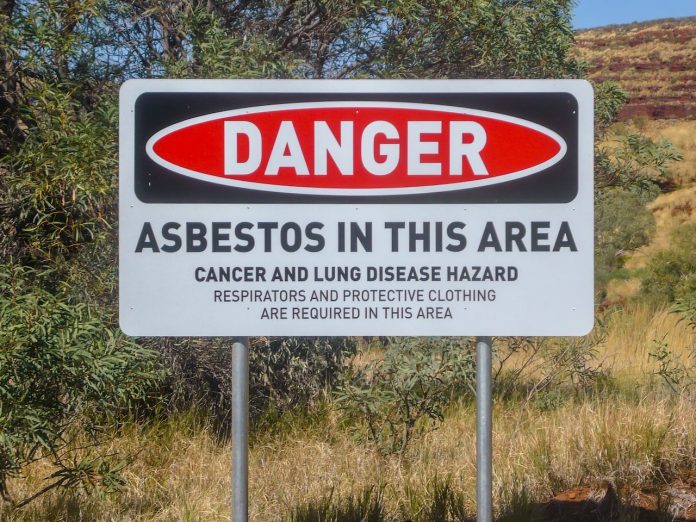Next month marks the 20th anniversary of the asbestos ban in Australia. Despite this, thousands of Australians continue to die every year from an asbestos related disease, with no end in sight.
“This year we should be celebrating 20 years since the 2003 asbestos ban in Australia,” said ADSA CEO Melita Markey.
“Unfortunately, despite the collaboration with unions, workers, sympathetic politicians, journalists, scientists, and clinicians nationwide, there are still over 4000 deaths a year attributed to asbestos exposure.
“That’s three times the annual road toll, and more than four times the number of Australians who died in the first year of the COVID-19 pandemic.
“And sadly, it’s a figure that is unlikely to change, because the ban did not extend to asbestos materials already in place,” said Ms Markey.
Asbestos still exists in millions of buildings and structures across Australia. It is estimated that around 6.2 million tonnes of asbestos materials remain in our built environment, and that asbestos is present in 1 in 3 homes.
“This means that the risk of being exposed to deadly asbestos fibres is not over. In fact, their potential to harm us has only increased over the last 20 years as they age and degrade.
“People haven’t stopped dying, and they won’t, as long as asbestos remains in our community,” said Ms Markey.
Australians exposed to asbestos outside the workplace (e.g. through home renovations), have become the fastest growing cohort of sufferers. It is estimated that one in every three new mesothelioma cases was the result of non-occupational exposure.
“Currently, there is no priority in any Australian public health or industrial diseases strategy to develop lifesaving treatments for asbestos and dust diseases sufferers,” said Ms Markey.
“That’s why the ADSA and Unions WA are calling for the WA Government to fund workers’ diseases as an immediate public health priority.
“It is also critical that the Federal Government opens up funding for ‘Dust Diseases Medical Research and Treatment’ within its National Medical Research and Health Council’s (NMRHC) grant system.
“These fundamental changes would enable our organisation and the medical community to monitor and prepare to treat the millions of Australians who have been, and will continue to be, exposed to asbestos, silica and other toxic dusts.
“We must learn from the failures of the asbestos ban, particularly as we fight to ban another deadly substance – engineered stone.
“We can’t afford to make the same mistakes twice, and the community won’t accept it,” said Ms Markey.
Unions WA Secretary Owen Whittle acknowledged that the asbestos ban was an important milestone and continues to serve as a valuable reminder.
“The ban is a reminder that, just as James Hardie and other major corporations fought that ban, so too today we have powerful corporations standing in the way of a ban on artificial stone and exposure to silica.
“The similarities between asbestos and silica are frightening.
“Both are highly profitable building products widely used in homes across Australia, the dust from which causes incurable lung diseases through both short and long term exposure.
“For both asbestos and silica, the first wave of illness and death is borne by workers; the second, longer-term wave of sufferers are Australians exposed in their own homes.
“The lesson learnt from the asbestos ban? It’s never too soon to ban a toxic substance.
“Banning artificial stone sooner rather than later, will save lives and save huge costs for monitoring, treatment and remediation,” said Mr Whittle.
Find out more at https://asbestosdiseases.org.au


































